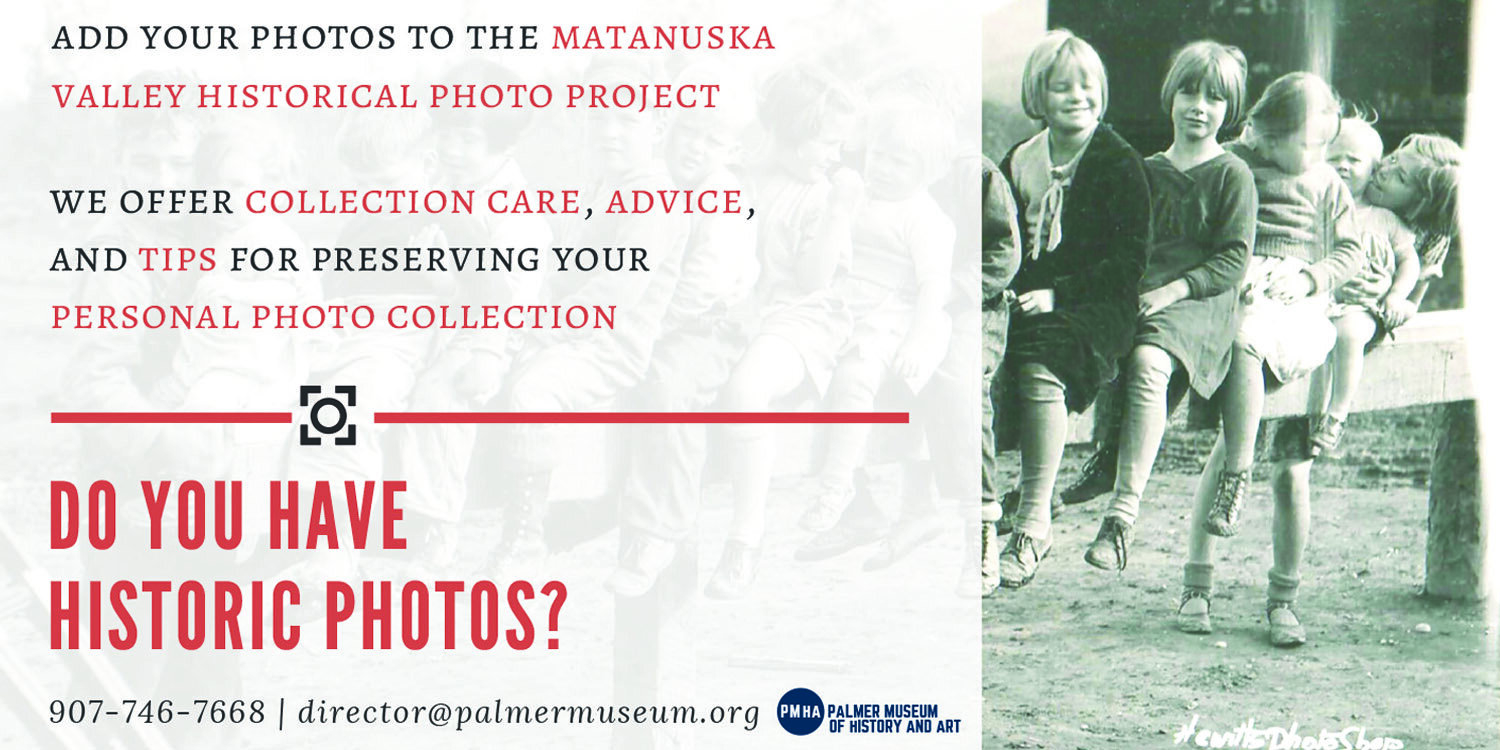Contributed by Marilyn Bennett
To get away from all the masked strangers in town, Doug and I decided to go for a walk out at the Palmer Hay Flats. Shortly into the walk, we heard what sounded like lots of ducks quacking. It turned out that the cacophony of sounds were from a pond full of wood frogs.
The sound was so different from the frogs that I grew up with, that it made me curious to find out more about these little guys. There is a sign at the Hay Flats about this interesting little frog. The sign gives a simple explanation of how this frog can freeze almost solid in the winter and still come alive in the spring.
I was fascinated by this frog, as the frogs I was used to in Minnesota just burrowed into the mud at the bottom of a lake or pond and went into a hibernation state for the winter. Frogs are cold blooded, so their body temperature is about the same as the surrounding air or water. However, this wood frog is amazing, as it manages to freeze and still survive as far north as the Arctic Circle.
To prepare for winter, he comes out of the pond and moves to an upland area where he crawls under the fallen leaves. The leaves and then the snow gives the frog some insulation from the extreme cold, but not enough to keep from freezing.
To survive freezing, urea is accumulated in the tissues. Then the glycogen in his liver is converted into glucose. Both the urea and the glucose act like an antifreeze to limit the amount of ice that forms and to reduce the shrinkage of cells. Meanwhile, the water between the cells turns to ice and the wood frogs spend the winter in a form of frozen animation.
Since the land thaws and warms more quickly than ice-covered lakes, it means that the wood frogs can mate and lay eggs in small ponds and even in melt water pools that may dry up by midsummer. This provides protection for the eggs and tadpoles from being eaten by fish or other predators. If pools dry before tadpoles metamorphose into froglets, they die, that is the risk of using shallow pools.
The Palmer Hay Flats is the perfect environment for these frogs. The uplands adjacent to the breeding pools ensure them a short migration to the thawed pools in early spring. There the males give out a chorus of duck-like quacking sounds to attract a female frog.
We did not have our camera with us when we first went to the Hay Flats on Sunday, so decided to come back Monday; but it was too cloudy and the frogs weren't out. We then went back on Tuesday and still no frogs. Tried again on Friday, nothing. The next Sunday, it was finally warm enough and they were out. However, they are very little, only about 2”-long and are a brownish rust color that blends in with their surroundings. We never did get a good picture of the frog, but it made us appreciate the patience of wildlife photographers.
Whether we could get a good picture or not It was fun to discover such a curious fellow right here in our hometown. We plan to spend more time this summer at the Hay Flats looking for frogs and checking out all the other birds and mammals that breed at the Palmer Hay Flats.
In looking for more information on the wood frogs, I did come across some Indian lore. The Koyukon Indians have an interesting fable about the wood frog.
They say a Frog-Woman was treated badly and then killed by two cruel boys, who carelessly left her body on the ground. Afterward another boy happened to come along and he was compassionate enough to bury her. From then on, he was rewarded by good luck and skill in hunting. The little marks we see on the wood frog’s back today are said to be scars remaining from that ancient time when Frog-Woman was mistreated. Ever since, Koyukon people say that the wood frog brings good luck and would never harm or eat them. They also say the frogs have healing powers. When someone has a headache, if they can catch a wood frog and put it on top of their head, the frog’s throat moving up and down will take away the pain.
The problem I see with that is convincing the frog to stay on top of your head. But then, who knows until you try it.
If you haven't as yet visited the Hay Flats it is well worth your time. The Palmer Hay Flats State Game Refuge is 45 square miles of wetlands, forest, lakes and tidal sloughs. On our various trips, we got great pictures of ducks, swans and an eagle.
Good place to relax during the great hunkering down.















































